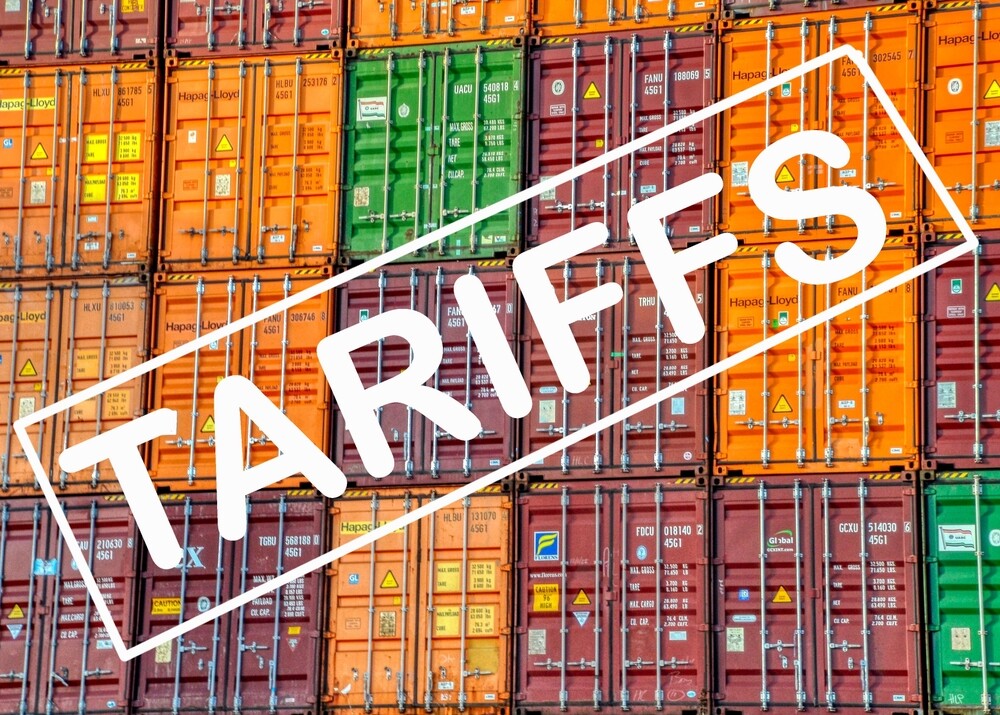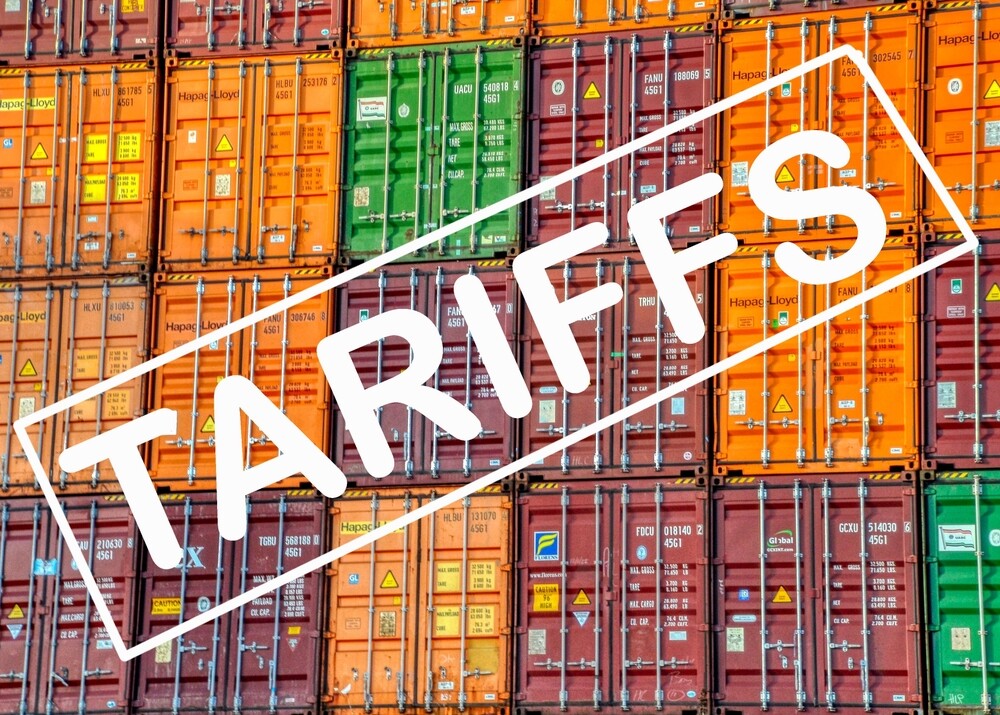
The current global trade environment is marked by extreme uncertainty, heightened by President Trump’s 90-day tariff pause and ongoing trade tensions with major economic partners.
Retailers are especially feeling this pressure, facing unprecedented challenges as manufacturing costs continue to rise and consumer spending becomes more cautious and unpredictable.
This kind of instability puts pressure on profits, disrupts supply chains, and leaves businesses scrambling to make fast, high- stakes decisions, often without a clear view of what’s ahead. In this environment, smart data management isn’t just helpful, it’s essential. It allows retailers to spot market shifts early, run their operations more efficiently, and make better decisions that help them stay resilient and competitive, even as the global landscape keeps changing.
The Retail Reality: Pressures on All Sides
To stay competitive and resilient in a fast-changing landscape, businesses are rethinking how they operate. Rising costs of goods and materials derived from inflation, labor shortages and energy price hikes are forcing business leaders to adapt their sourcing strategies – especially as they simultaneously navigate shifting tariff classifications.
Many companies are moving away from traditional suppliers to tariff-free zones, which requires rebuilding logistics networks and establishing new supplier relationships.
However, transitioning to new suppliers and trade routes will take time — global supply chains cannot adapt overnight. Establishing relationships with new vendors, renegotiating contracts, ensuring compliance with quality and certification standards and reworking logistics networks all require careful planning and coordination. Even if tariffs are paused or reversed, businesses may experience inventory shortages, inconsistent delivery times or higher costs in the short term, all of which can ripple through operations and impact customer satisfaction.
Customer satisfaction is becoming more fragile as consumers grow cautious with their spending. Shoppers are prioritizing convenience, value and personalization. While discretionary spending is down, expectations around customer service, delivery speed, and engagement are higher than ever.
Regardless of external pressures, retailers must consistently deliver high-quality, frictionless experiences both in-store and online. Against this backdrop, reliable supplier data becomes essential to maintaining brand loyalty.
Smart Data Management
One of the most effective ways for retailers to stay agile in such a sensitive environment is by using data more intelligently. By incorporating a strong data strategy, retailers gain the visibility they need to adapt in real time, make faster decisions, and stay ahead of market shifts.
Components of such a strategy include:
-
Cost Optimization During these times, retailers need to be able to spot inefficiencies and adjust quickly. Data helps teams understand what’s really driving performance from product performance to customer demand shifts. These insights form the foundation for stronger supplier negotiations, smarter
inventory decisions, and more accurate demand forecasting.The ability to connect the dots between what customers want and where products come from adds an additional layer of intelligence that allows retailers to combine customer preference data (such as delivery speed or sustainability efforts) with supplier data. The alignment between supply and demand enables retailers to respond more precisely to consumer expectations while fueling operational efficiency.
2. Operational Efficiency Increasingly complex supply chains ultimately leave more room for error. As retailers juggle multiple vendors, regions, and transportation modes, even small disruptions can quickly escalate.To counter this, there is a growing focus on operational efficiency with data showing 67% of organizations now prioritize improvements in this area. Data platforms that connect sourcing, shipping, and sales in one place help teams stay aligned and respond quickly when disruptions happen.
3. Customer Centricity In uncertain times, loyalty matters. Customers want transparency, consistency, and value which requires retailers to understand their audience at a granular level. Data improves customer centricity by helping businesses tailor marketing, stock the right products, and create more
personalized shopping experiences. This paired with consistent and clean data to enable accurate product listings, reliable delivery times, and clear communication fosters trust from consumers who are unwavering in their expectations.
There’s no sign that global trade will settle into predictability anytime soon. However, retailers equipped with a smart data foundation will be best positioned to not only endure ongoing uncertainty but thrive in it, proactively addressing challenges.
Whether it’s optimizing costs, streamlining operations, or deepening customer relationships, data-driven insights empower retailers to be more agile to weather the storm. Those who lead their perspective categories will be those who can respond quickly and transform unpredictability into a competitive advantage.

